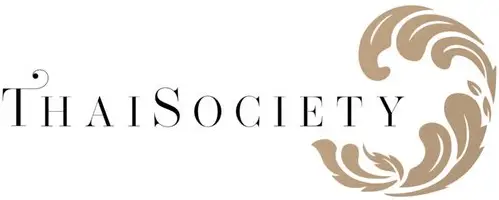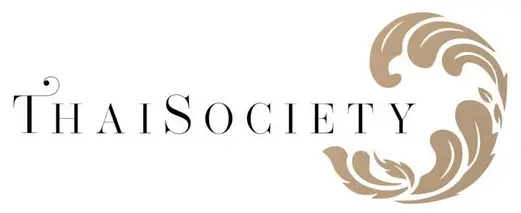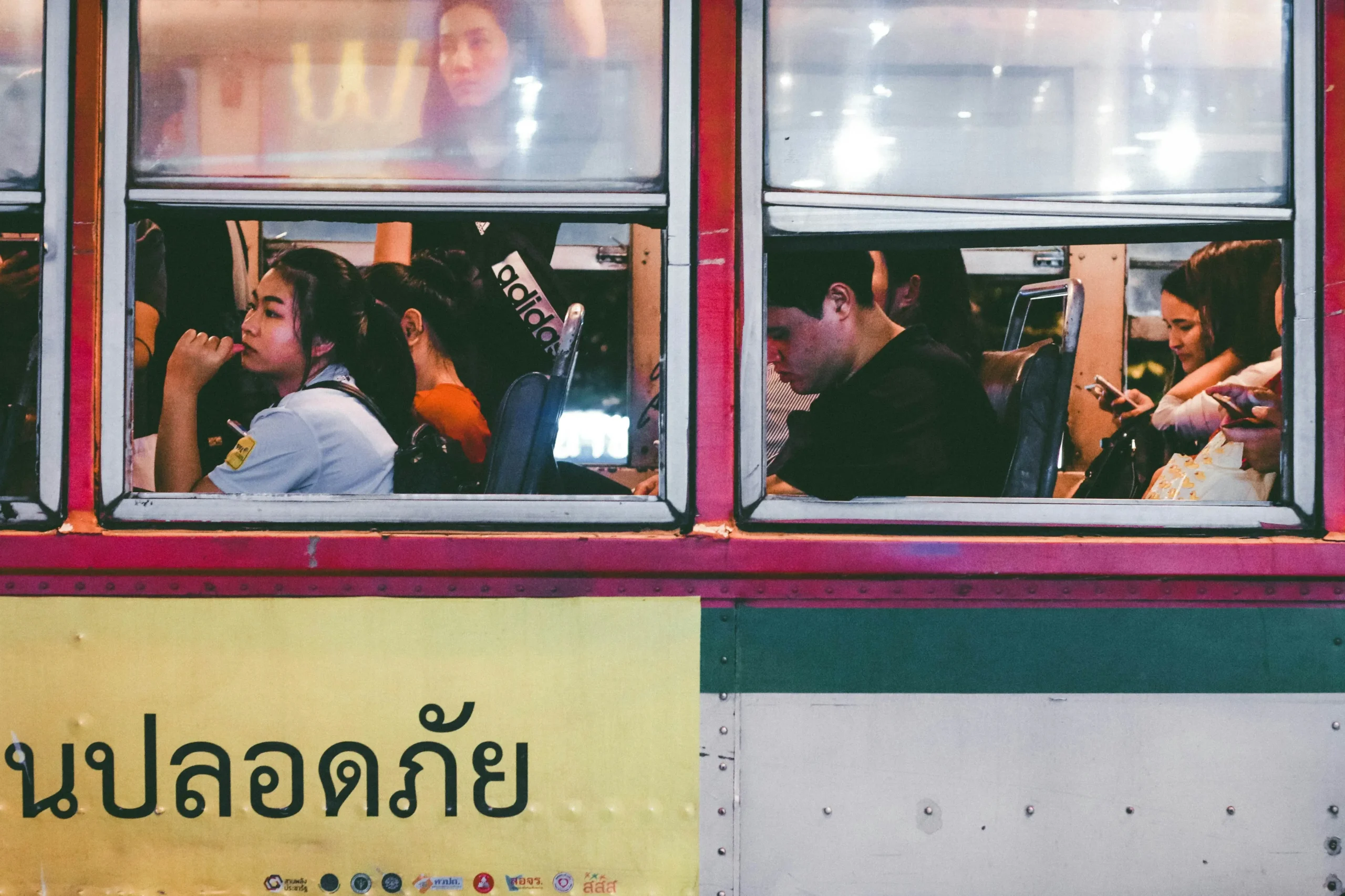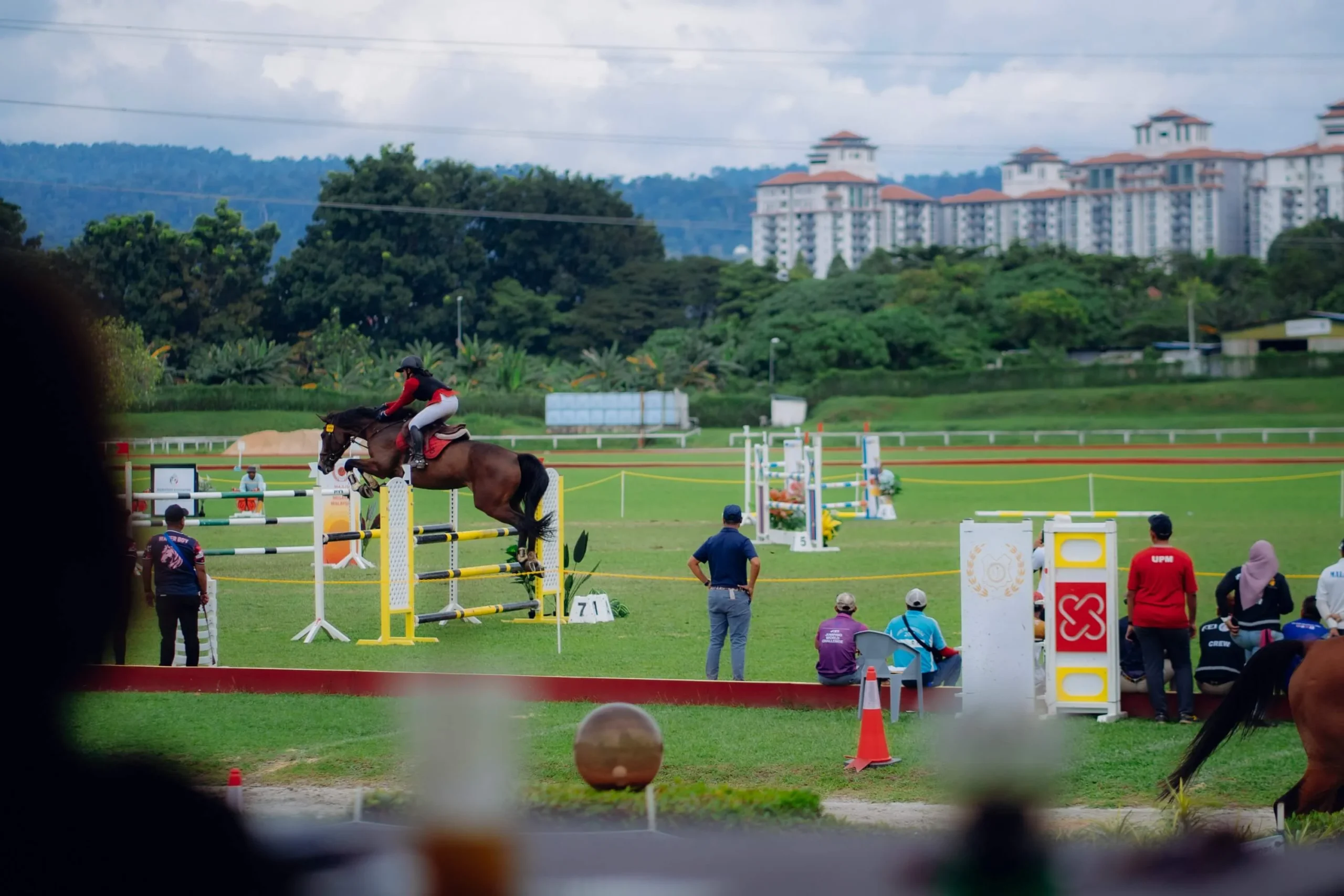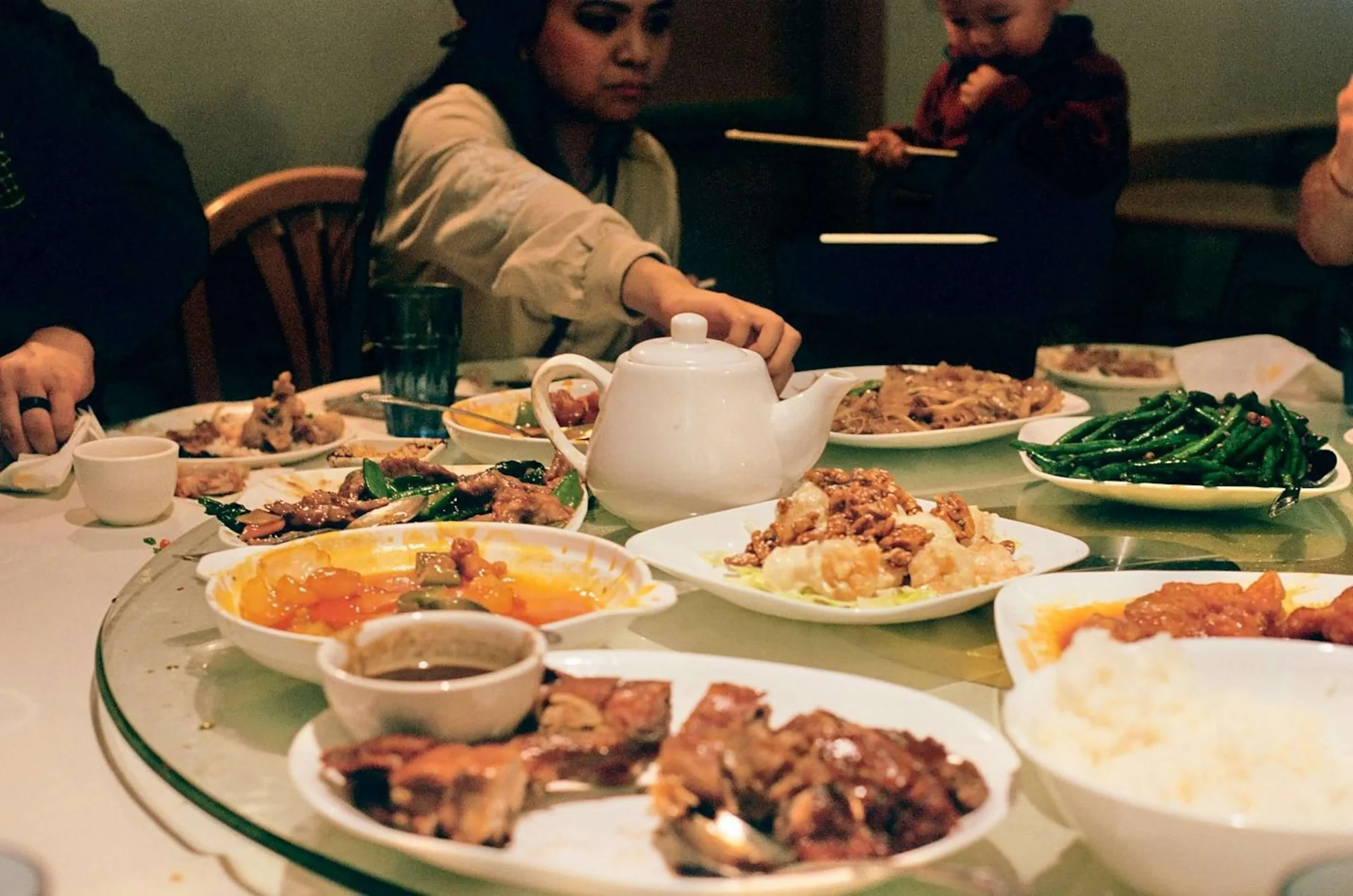In Thai high society, the way one arrives is often as telling as the event itself. A gala dinner, a temple merit-making ceremony, or a charity ball begins not with speeches but with the first glimpses of polished cars gliding into porte-cochères and impeccably dressed guests stepping out. For Thailand’s elite, the entrance is a ritual: a silent performance that communicates heritage, taste, and belonging. It is not about theatrics or ostentation but about balance — knowing how to signal status without appearing to try too hard.
The ritual begins with the car. In Bangkok’s glittering avenues or at resort driveways in Hua Hin and Phuket, the choice of vehicle is the overture. The car must whisper sophistication rather than shout wealth. Discreet luxury sedans — the Mercedes-Benz S-Class, BMW 7-Series, Lexus LS, or a muted Bentley — dominate the scene. The emphasis is on lineage, not novelty. A polished black sedan with a long-serving family chauffeur carries far more resonance than a flashy supercar fresh from the showroom. To the Hi-So eye, refinement always outweighs flash.
The chauffeur, too, is part of the performance. More than a driver, he is trained in etiquette: opening doors with a timing that is neither rushed nor theatrical, maintaining discretion, and disappearing gracefully once the guest has stepped out. The art lies in seamlessness. A door opens, a figure emerges composed and poised, and the evening has already begun. Any fumbling — a delay, a stumble, a visible adjustment of a gown or cuff — risks disturbing the aura of control that defines a refined arrival.
Timing is equally important. In the world of Thai soirées, to arrive too early suggests eagerness; to arrive too late, carelessness. The sweet spot is “fashionably punctual”: fifteen to twenty minutes after the official start. At temple ceremonies or cultural gatherings, the code shifts — to arrive before the rituals begin signals respect. At gala dinners or charity auctions, a measured delay is acceptable, even expected. The underlying rule never changes: one’s entrance must feel natural, never calculated, yet always attuned to the dignity of the host.
Dress amplifies the first impression. In Thai high society, dress codes are not simply instructions; they are social contracts. Missteps are quietly noted — a gown too glittering for a temple event, a suit too casual for a royal-patronized charity gala. The elite cultivate the ability to read nuance: muted tones at religious ceremonies, tailored tuxedos and gowns at balls, heritage jewelry that suggests continuity rather than excess. The first glance upon stepping out of a car is decisive, and everything — from the cut of fabric to the ease of movement — must suggest that the attire is lived in, not merely worn for the occasion.
Body language carries the final weight of the entrance. The walk from car to doorway is measured, confident, and deliberate. Shoulders relaxed, chin gently lifted, steps synchronized if arriving as a couple. Greetings unfold in subtle gradations: a slight smile among peers, a deeper wai for elders or patrons, the elegance of gestures attuned to context. The passage into the event should feel like a natural flow, not a staged performance.
Underlying all of this is the psychology of subtlety. Unlike cultures where spectacle defines status, Thai Hi-Sos view overstatement as gauche. The goal is to command attention without demanding it. A driver in a crisp but unbranded suit, a string of pearls with family history, a quiet nod to another old-money family — these reveal more than diamonds or paparazzi-ready theatrics. Arrival, at its highest level, is not about being noticed by everyone but being recognized by the right ones.
Younger generations are adapting the codes. Sustainability is now woven into the ritual, with hybrids and electric luxury cars increasingly present at Bangkok’s elite gatherings. Thai heritage designers share space with international houses, signaling both global fluency and cultural pride. Social media adds a modern twist — curated images of arrivals circulate online — yet the same principles remain. The framing may shift, but the essence of arrival as an art of restraint endures.
In Thai high society, to arrive is never merely to show up. It is a choreography of car, chauffeur, timing, attire, and presence — an unspoken language of lineage and refinement. In a world where appearances matter as much as actions, the art of arrival is proof that how you step into a room can say more about you than anything you say once inside.
